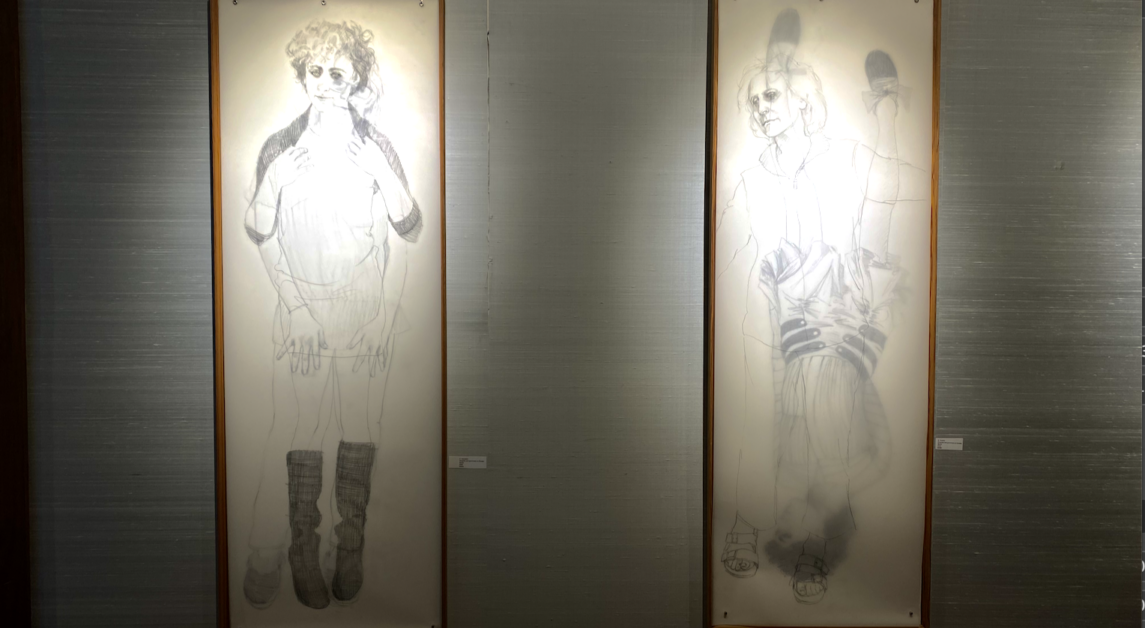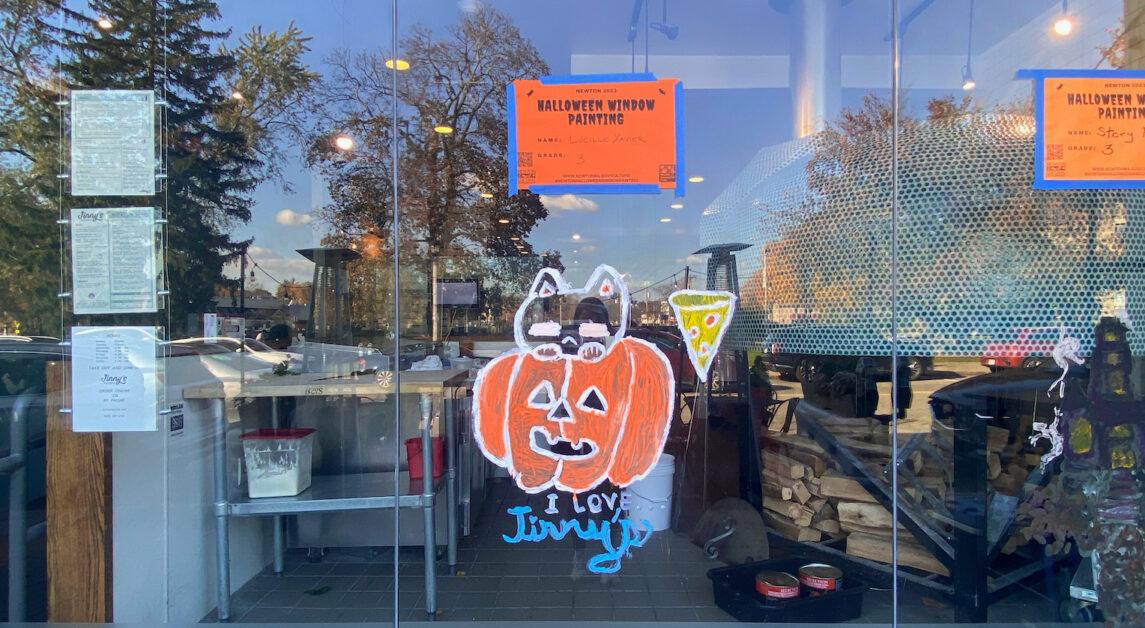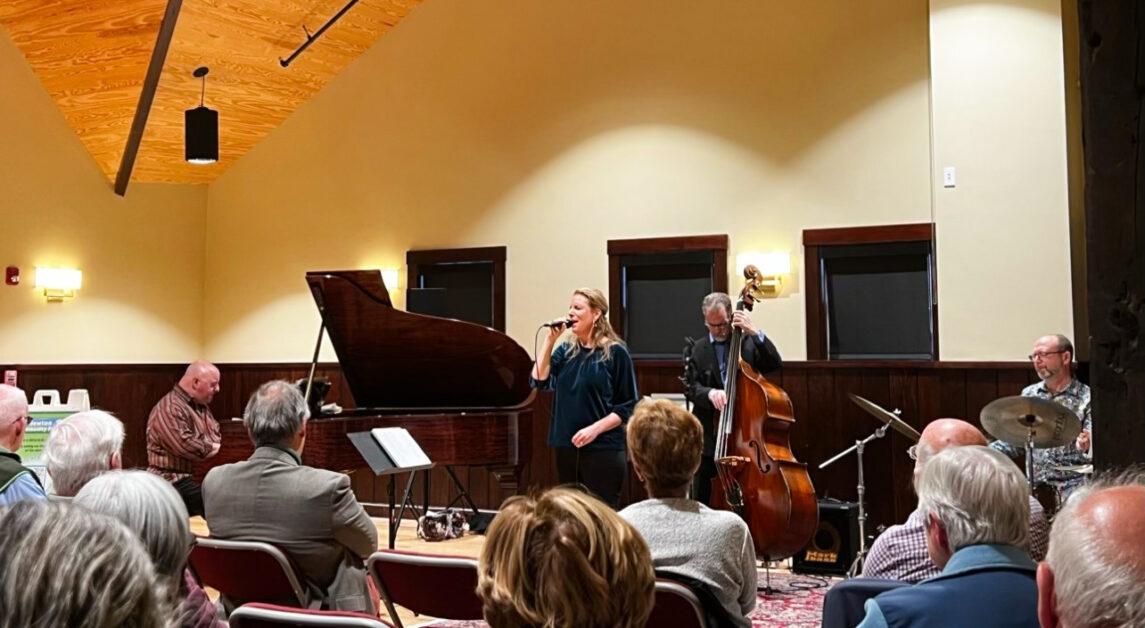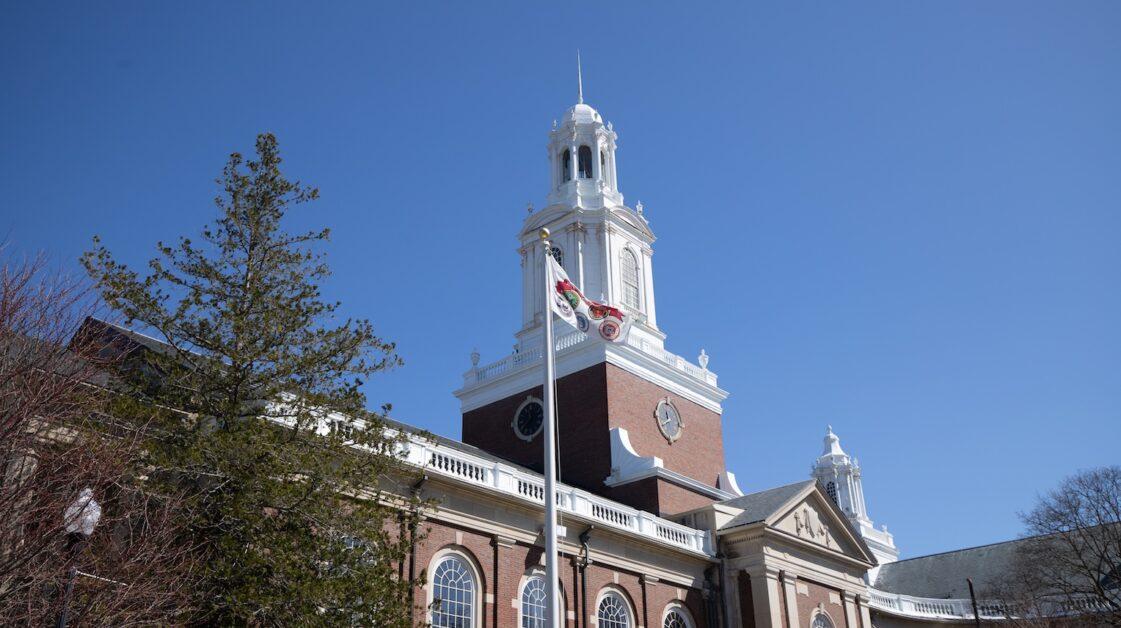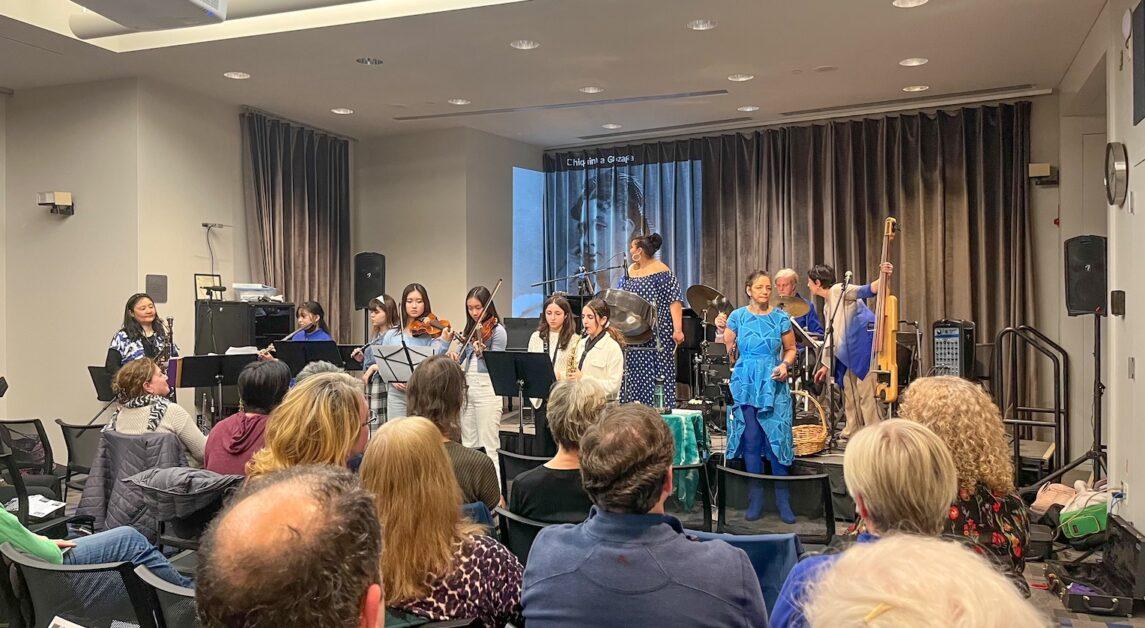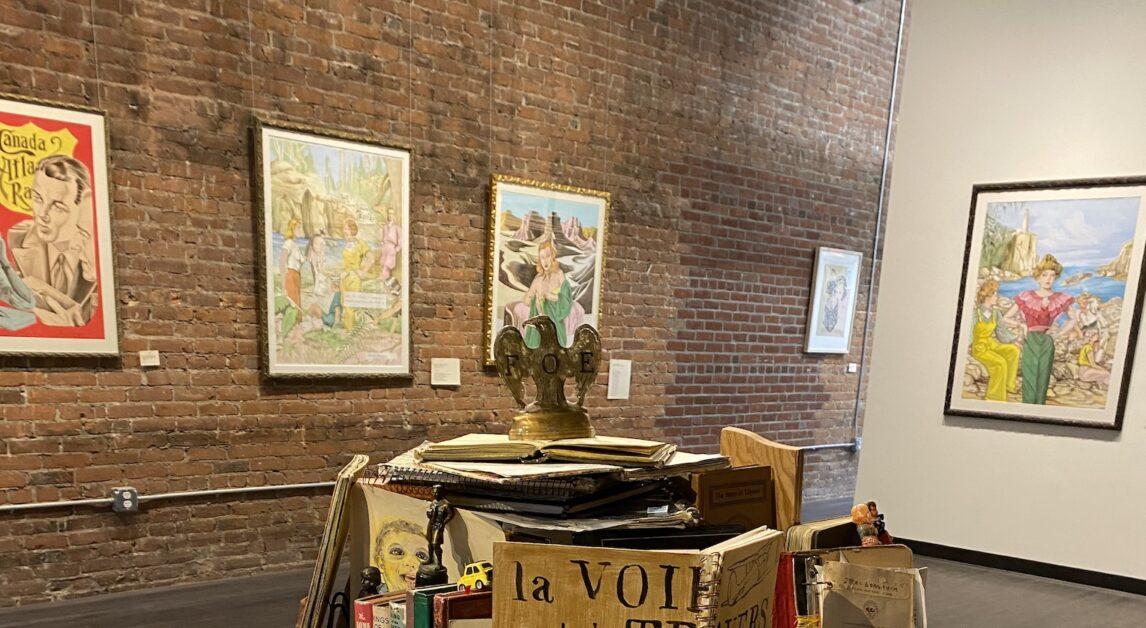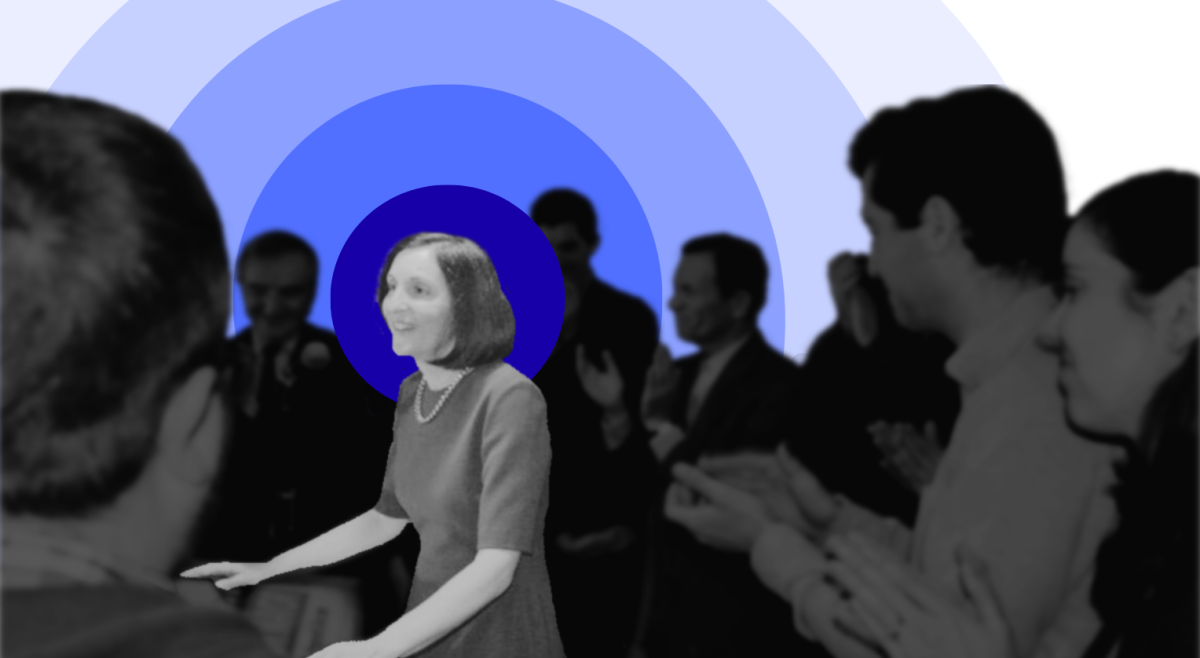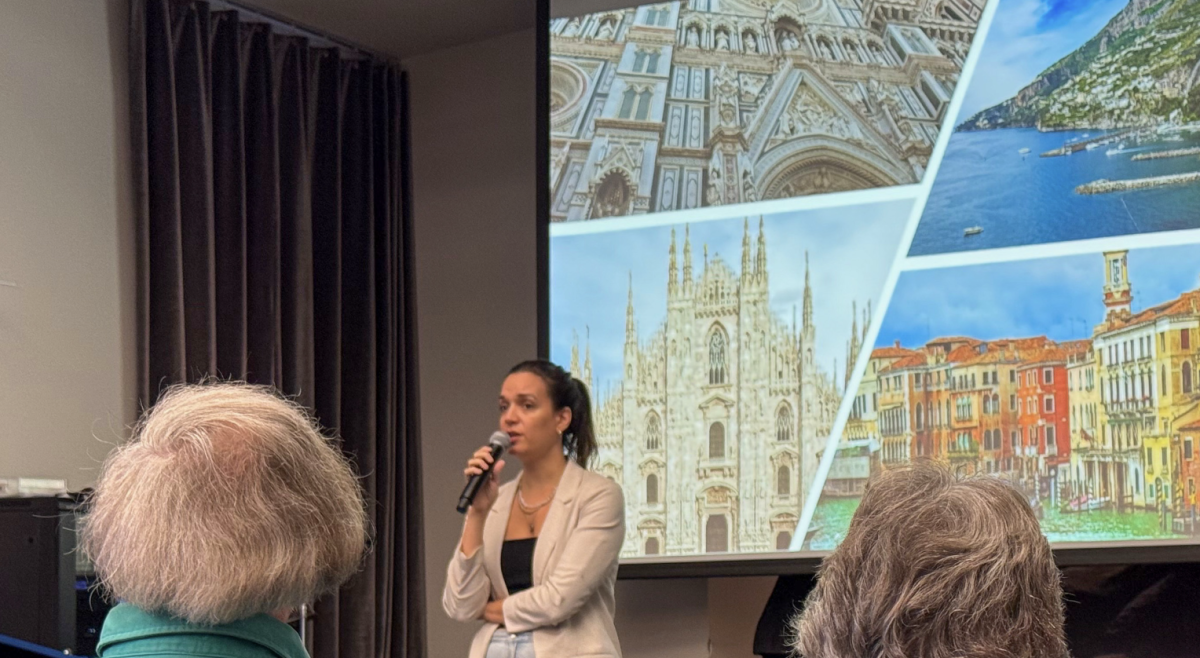Henri de Toulouse-Lautrec broke his left thigh bone when he was 12 years old. When he was 13, he fractured the bone in his right thigh. These injuries stunted his growth—he never reached 5 feet and was left permanently afflicted by sharp pains in his legs, to the point where he needed a cane to walk.
No longer able to engage in the active lifestyle that graced his childhood, Toulouse-Lautrec turned to art, a skill and hobby that crossed generations in his aristocratic family. He enveloped himself in painting, printing, and sketching until his death at the age of 36.
The Museum of Fine Arts (MFA) has collected an array of the artist’s work to display in the Ann and Graham Gund Gallery beginning on April 7. From provocative advertisements to incomplete sketches Toulouse-Lautrec and the Stars of Paris will feature a broad display until Aug. 4, but the exhibit draws particular attention to his works which depict six celebrities who were prominent cultural figures in the last two decades of the 1800s.
The exhibit is divided into five sections, each containing sketches, prints, and paintings by Toulouse-Lautrec and his contemporaries, including Edgar Degas, Mary Cassatt, and John Singer Sargent.
Introducing the artist through his trials and tribulations, successes, and inspirations, “A Creative Life” unravels Toulouse-Lautrec and the events that transpired to encourage his artistic expression. Besides injuries and familial encouragement, “Paris by Day and Night” illustrates the evolving cityscape and its influence on Toulouse-Lautrec’s paintings, advertisements, and posters.
As the city fundamentally and structurally changed, it evolved culturally, too. Transitioning smoothly from the previous section, “Behind the Scenes” and “The Show” are just tastes of Toulouse-Lautrec’s infatuation with the cultural explosion of France’s nightlife.
In the late 19th century, Paris’ Montmartre district was home to an entertainment scene that awakened when the sun when down, one in which Toulouse-Lautrec revelled. Best known today for his advertisements for the Moulin Rouge, he was drawn to the spectacles of nightclubs and brothels. Amid the constant motion and darkness and density of people, his subjects wear melancholic expressions that externalize their inner emotions and juxtapose the joviality of the setting.
Helen Burnham, the Pamela and Peter Voss curator of Prints and Drawings at the MFA, praised Toulouse-Lautrec’s ability to capture his subjects’ “interiority.”
One of the artist’s most renowned series of sketches, displayed in the third section, exemplifies his fascination with the exposure of undisclosed emotions. The Elles portfolio, displayed in completion, depicts women at a brothel dining, bathing, and readying themselves at their vanities. It brings to light the mundane routines of women of the night. Loaned from the Boston Public Library (BPL), the MFA’s conservation team prepared and framed the well-kept pages that surround a small display of the time’s accessories.
The exhibit’s last section, “The Stars,” explained that famed performers received just as much attention from Toulouse-Lautrec. Dancers Jane Avril and Loïe Fuller contorted their bodies in explosions of color optimal for the artist’s haunting style. Night club owner and performer Aristide Bruant became a staple of Toulouse-Lautrec’s work. His signature black cape, red scarf, and haughty smirk were instantly recognizable.
Recurring motifs constantly appeared in Toulouse-Lautrec’s work. In any depiction of cabaret star Yvette Guilbert, one of the six icons central to the exhibit, the artist didn’t need to print, paint, or sketch anything other than a pair of black gloves for 19th-century Paris to recognize a reference to the singer.
An artist, aristocrat, and alcoholic permanently afflicted by corporeal pain, nothing prevented him from generating an immense collection of artistic work in his short life. Of Toulouse-Lautrec’s 6,000-plus sketches, prints, and paintings, the exhibit displays about 200. The MFA gathered pieces from its own collection, prints and sketches from the BPL, and a loans from museums including the Harvard Art Museums and the Metropolitan Museum of Art.
From prostitutes to stage performers, Toulouse-Lautrec’s greatest inspirations always emerged at night. Ignoring the celestial stars that captured his contemporaries, he focused his artistic attention on the stars that shone on stage. David Leonard, president of the BPL, hopes that these works will encourage visitors to compare today’s digital ads and artwork to the advertisements and prints of Toulouse-Lautrec.
“Be inspired, be reflective, be engaged,” Leonard said.
Featured Image by Mary Wilkie / Heights Editor

